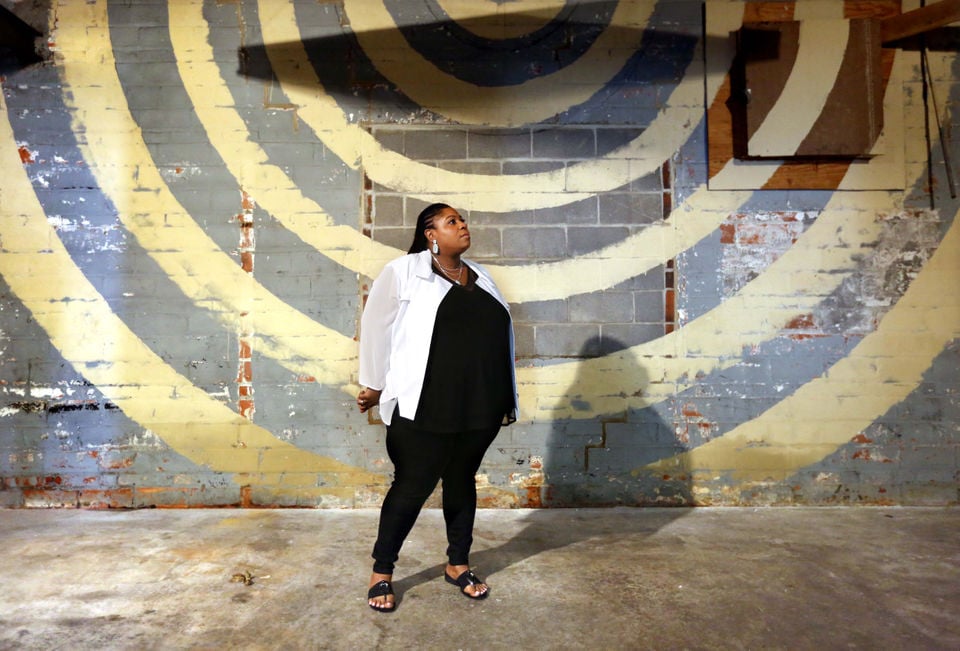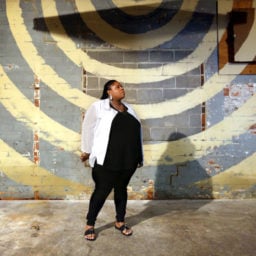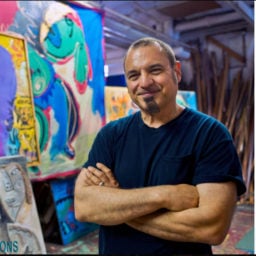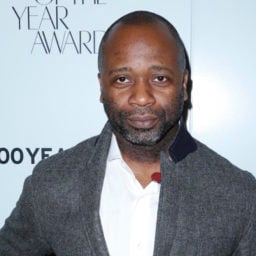Walk past 6117 St. Clair Avenue in northeast Cleveland today and you’re unlikely to notice anything special. Like many other structures in the neighborhood, it’s vacant and a little rough around the edges, with ivy growing on the facade. Soon, however, this empty space will become a vital center for community organizing, art, and healing.
This is the future site of the Tamir Rice Afrocentric Cultural Center, a space for artistic, cultural, and civic programming for Cleveland youth created in the memory of the unarmed 12-year-old boy who was killed by police in 2014. The center is the brainchild of Tamir’s mother, Samaria Rice, who, in the four-and-a-half years since her son’s death, has become an outspoken activist in the fight against police brutality and racial injustice.
She has repeatedly turned to art to amplify her message—and has found in contemporary artists eager partners in her quest to build community. Now, as she works to make the center a reality, she’s confronting some big questions at the intersection of art and social justice, recognition and appropriation.
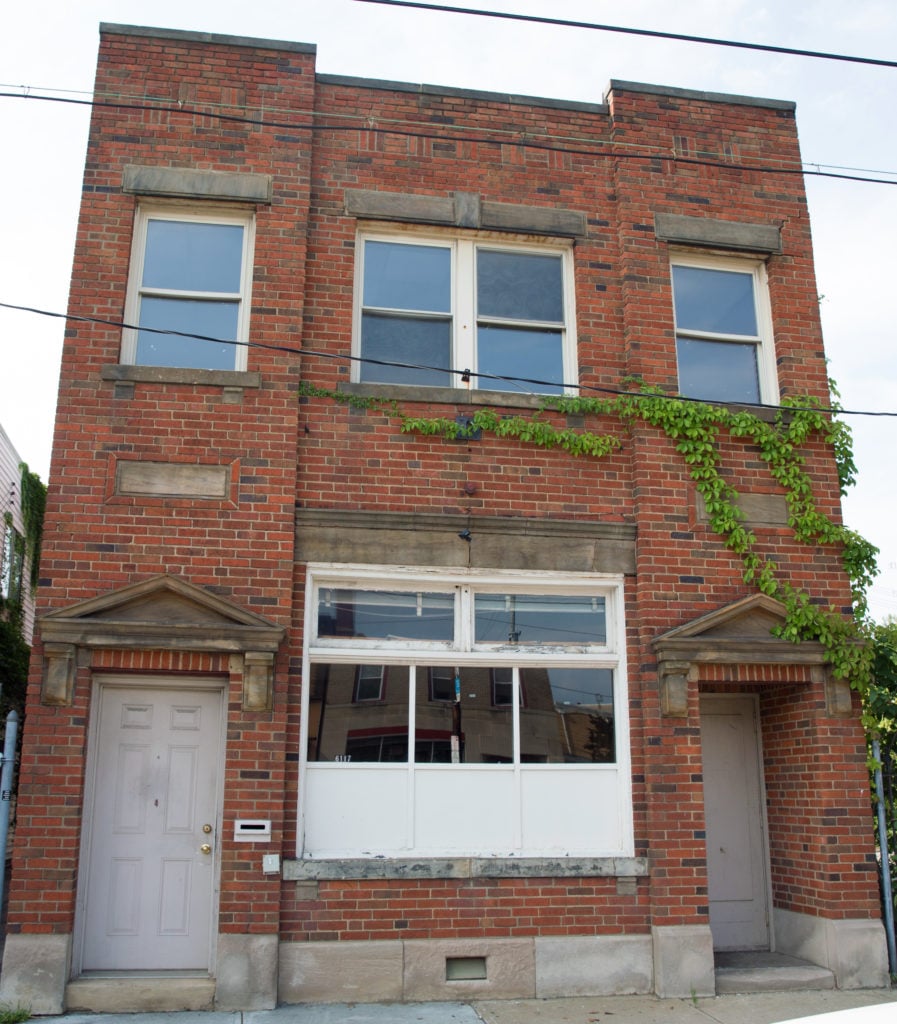
Exterior view of the future home of the Tamir Rice Afrocentric Cultural Center in Cleveland. Courtesy of the Tamir Rice Foundation.
A Site of Trauma Becomes a Monument
Rice says her belief in art as a catalyst for social change was solidified by her experience overseeing the transformation of the Cleveland gazebo where Tamir was killed into a gathering place. Though she originally intended to destroy the structure, Rice realized, through conversations with social justice artists like Hank Willis Thomas and Theaster Gates, as well as many prominent figures in the Black Lives Matter movement, that the gazebo could live on as a memorial in the boy’s name—and a symbol of enduring racial violence.
“As horrifying of a memory as it is, I think we all came to understand this as a historical object,” Hank Willis Thomas told artnet News. “A reminder that even a shelter in a park is not always a safe place for black boys to play alone with a store-bought toy. I believe art is a tangible way to engage with intangible ideas and feelings.”
Last month, days before what would have been Tamir Rice’s 17th birthday, the gazebo was re-erected in Chicago—an effort led by Theaster Gates and his Chicago-based nonprofit, the Rebuild Foundation. Rice says she has ideas for its destination after that, mentioning the Legacy Museum in Montgomery and the Western Reserve Historical Society in Cleveland as options, though plans aren’t yet set in stone.
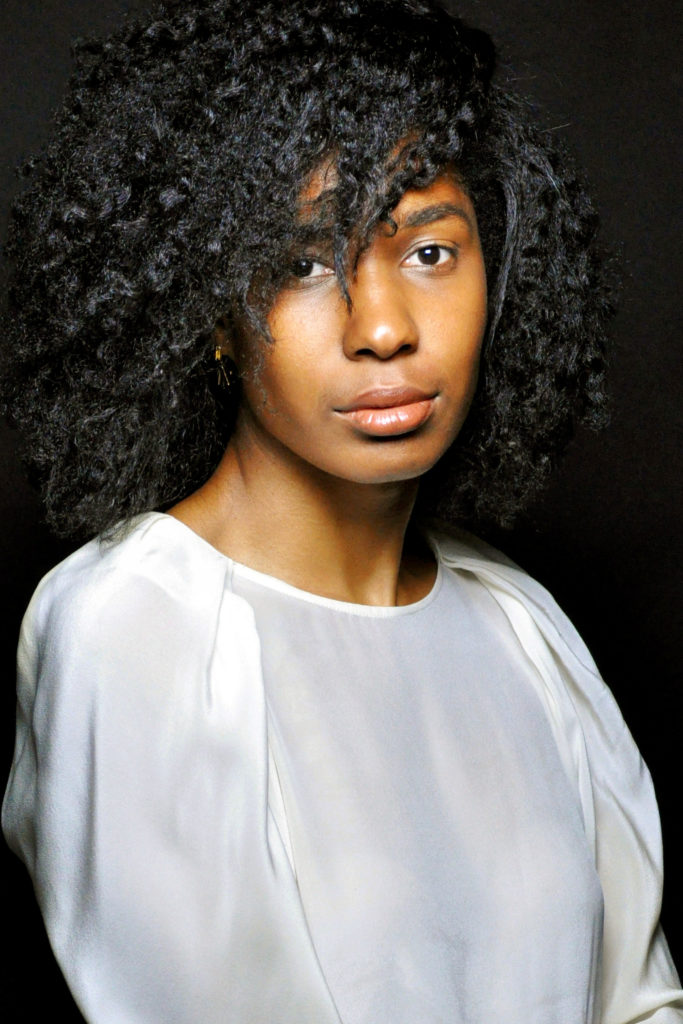
Amanda D. King in the Shooting Without Bullets studio. Courtesy of the artist. Photo: Robert Banks.
“As an icon and a martyr for reform, we have politicized Tamir’s image so much. I think we need more spaces where his life is honored, to remember him as a child, as a human that deserved protection,” says Amanda D. King, a Cleveland-based artist, activist, and community organizer who is helping develop plans for the Tamir Rice Afrocentric Cultural Center. “To stand in front of the gazebo, to inhabit that physical space where he was murdered—it can be very impactful.”
Rice and King first met shortly after Tamir’s death, when Rice’s daughter Tajai Rice—who witnessed her brother being shot before being tackled by police herself—was one of the first participants in King’s Shooting Without Bullets, a program that provides art and social justice programming for young people. They have remained close ever since.
For both women, the gazebo—and the forthcoming cultural center—are a testament to the role a new kind of monument can play in a country that remains divided over the fate of Confederate monuments that dot parks, streets, and statehouses across the nation, a symbol of the lasting legacy of slavery and racial violence.
“We need to take down the old guard to make room for new voices and new visions that are truly reflective of this society that we’re living in,” King says. “We need counter-narratives like the gazebo to tell a different story.”
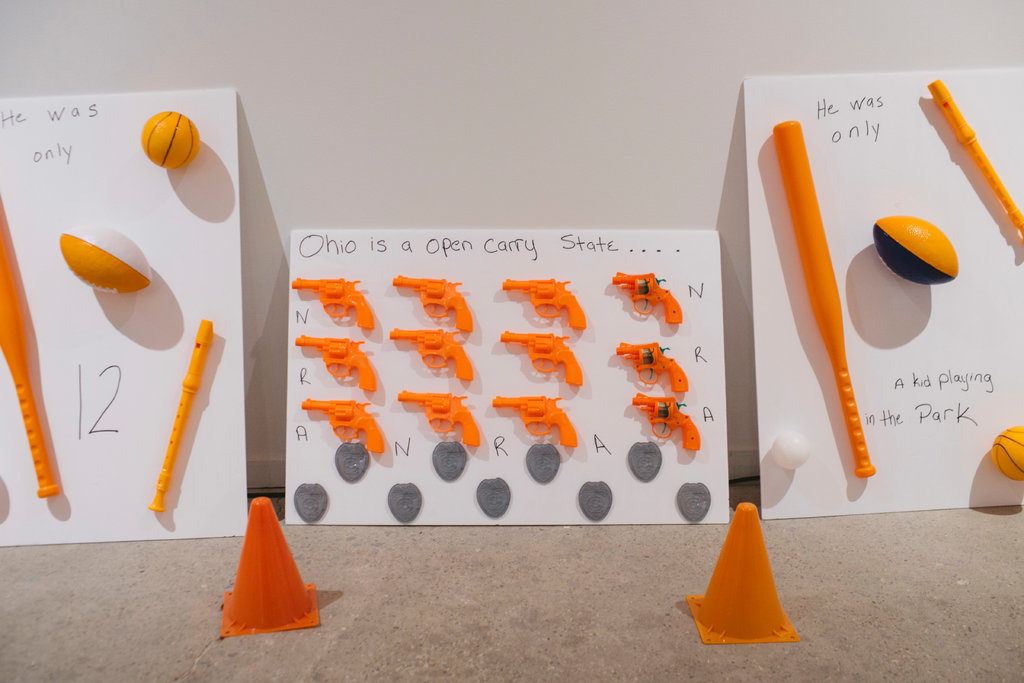
Samaria Rice’s installation in Michael Rakowitz’s “A Color Removed,” 2018.
Artistic Collaboration
Rice and King teamed up with yet another contemporary artist, Michael Rakowitz, during the inaugural FRONT International last year. Rice contributed a standalone installation within Rakowitz’s larger FRONT-commissioned project, “A Color Removed,” in which the artist attempted to sequester all orange objects from the city of Cleveland within the confines of a gallery. The project was a reference to the plastic orange tip missing from the toy gun held by Tamir Rice the day he was shot—an indicator, police later claimed, that the gun was not real. In the gallery adjacent, King presented a slate of photographs from Shooting Without Bullets.
Rice is careful to point out that numerous other artists have co-opted Tamir’s image for their own work—often to exploitative, even commercial ends. But both Rice and King note that Rakowitz’s project was one of the few efforts that was successful in both honoring Tamir’s legacy and raising awareness. Rakowitz collaborated every step of the way with Rice, and donated proceeds from the event to the Tamir Rice Foundation—two steps that should be requisite in every art project that attempts to use the young boy’s image, she says.
“You can’t isolate Tamir’s face from his story, and only I know that story,” she explains.
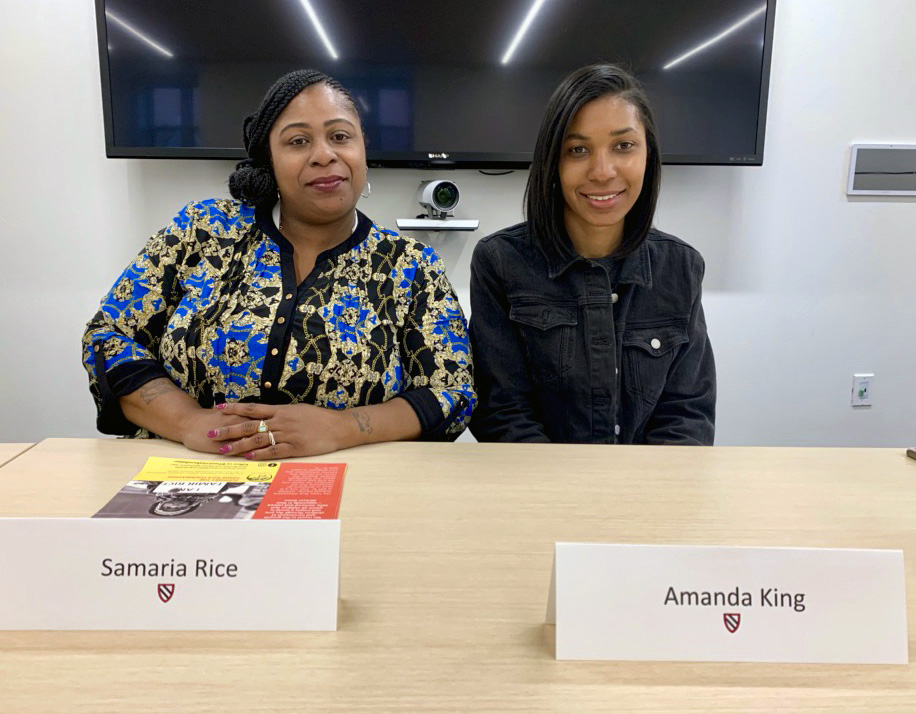
Samaria Rice and Amanda D. King at a talk at Radcliffe College, April 2019.
Now, Rice and King are currently looking for architects to oversee renovations at the future site of the center, which will offer art, music, and economics classes; mentorship and civics lessons for aspiring young politicians; and LGBTQ+ education. Soon, they will begin raising the estimated $500,000 or more needed to make it a reality.
So far, of all the obstacles that Rice and her team have faced in trying to get the project off the ground, the most significant of the bunch has been the city of Cleveland itself.
“They give me quite a lot of hassle. Anything I want to do that’s related to Tamir or remembering him, it seems like they don’t like it,” Rice explains, calling the process “frustrating” and “uncomfortable.” “It makes me feel like I’m doing something wrong when I know I’m not. They thought that I was just going to accept the money, be quiet, and go away,” she says, referring to a $6 million settlement with the city of Cleveland to settle a federal lawsuit over the shooting. “I did the opposite and now it’s like I’m facing the wrath of my public officials.”
King notes that the center is also coming together at a time when debates over police brutality and state violence remain raw. “The center is a really restorative place, but we’re still at this moment of tension where Ms. Rice has to be a fierce advocate for her son. Sometimes I believe that people are not ready for the truth, and that that in some ways can effect their perception of the center,” she says. “Ms. Rice is making a place where the truth will be told, where young people will be empowered, to tell the truth, to challenge truth, and I don’t know if people are necessarily ready for that. But I think that it’s needed.”
